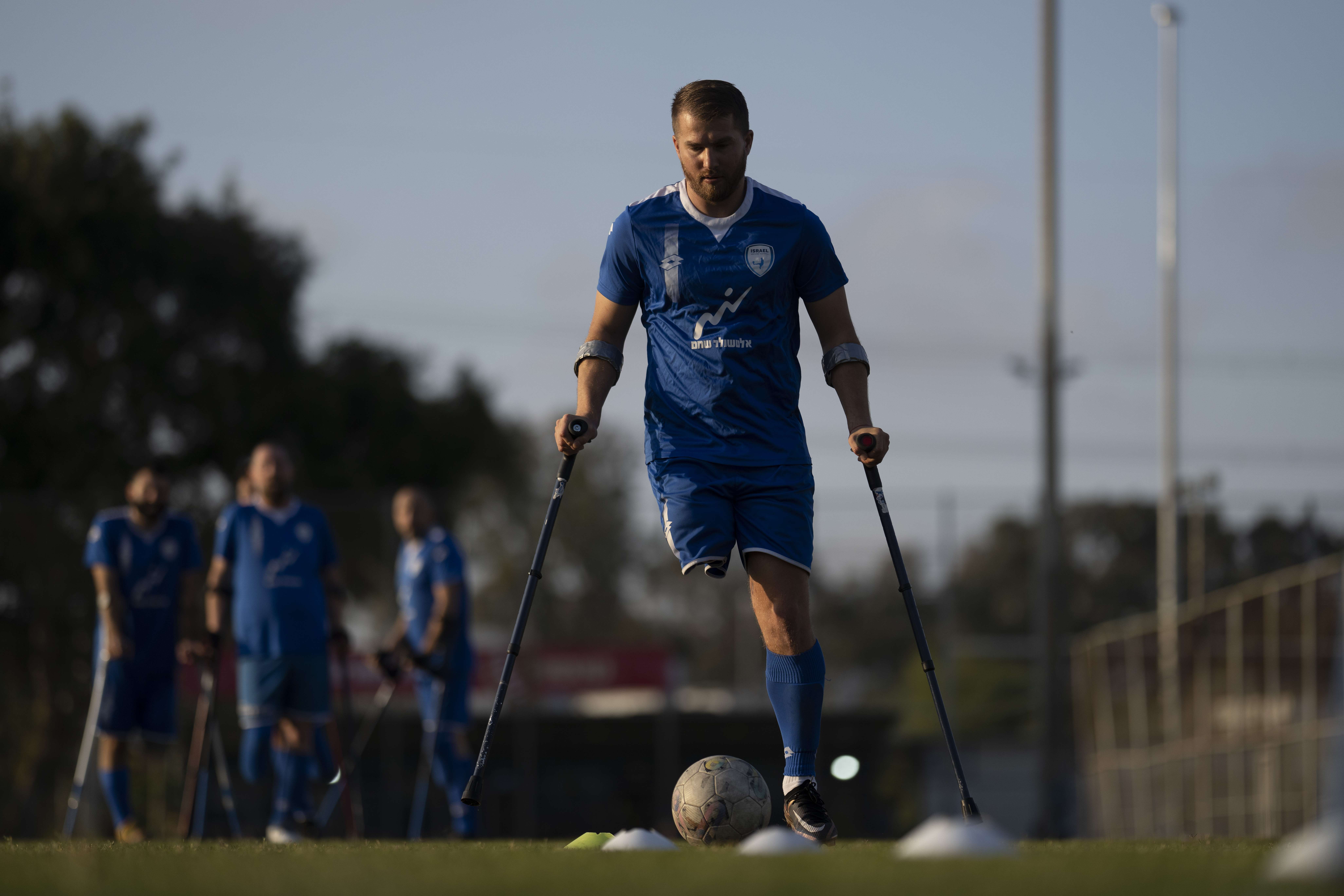The Department of Public Health is overhauling how it regulates nursing homes in the midst of the COVID-19 pandemic that has claimed more than 3,500 elderly residents in skilled nursing facilities across California.
The agency says the changes are designed to fight the epidemic and improve care over the long term, but critics fear the changes could compromise it.
The plan, as announced by the state’s top nursing home regulator Heidi Steinecker, would convert safety inspectors into safety consultants, who would “work alongside” the staff of the state’s 1,200 nursing homes.
“This is completely changing and reforming how we would do quality and safety oversight,” Steinecker told the legislature in June as she touted her plan to re-task the state’s 600 nursing home inspectors.
The plan calls for the inspectors to “adopt” and regularly visit two or three homes amid the COVID-19 crisis, while retaining their federally mandated oversight role.
Steinecker told legislature that during the pandemic, inspectors have been visiting the state’s nursing homes more than ever before.
“We are noticing a big difference,” she said, “in the places where we are going, as well we are noticing a difference in the ability to minimize the amount of death and cases.”
U.S. & World
News from around the country and around the globe
But records cited by nursing home reform advocates show citations have actually dropped dramatically in the inspections done during the pandemic. The advocates worry that the new plan could weaken enforcement permanently.
“This is a huge conflict of interest for surveyors,” said Tony Chicotel, an attorney with California Advocates for Nursing Home Reform.
Chicotel said that under the state’s plan, surveyors would be put in an awkward position of citing the same facility they or their fellow regulators had been advising.
That dual role “will of course give surveyors incentive to not find problems,” Chicotel said, “because anytime there are problems, it is going to make them look bad instead of the facility.”
The more cooperative approach had been used nationally during the 1980s, he said, but the law was changed after the Institute of Medicine, a national policy advisory group, concluded in 1986 that the approach undermined states’ ability to “eliminate substandard providers and deter marginal facilities from repeating violations.”
Reverting that old model, Chicotel says, would be especially bad timing now.
“It’s happening during a pandemic, when we need strong enforcement more than we ever did before,” he said.
But some say change is overdue, like Dr. Mike Wasserman, president of the California Association of Long-Term Care Medicine.
“A lot of times, the surveyors will be more of a ‘gotcha!’” Wasserman says. The focus on citations, he says, is more about laying blame than getting to the root of problems.
“The incredibly dedicated front-line staff are often left in tears, or with broken morale after a surveyor comes into a building,” Wasserman said. “That part of the process needs to be dealt with.”
The public employees’ union representing surveyors, the Service Employees International Union Local 1000, would not comment for this story.
But Leza Coleman, executive director for the state’s Long-Term Care Ombudsman Association, says the surveyors she has talked to feel caught in the middle.
“The surveyors by and large do not like this,” Coleman said. “The surveyors feel that this is a conflict of interest for them. The surveyors don’t like the idea of being a consultant -- if they wanted to be a consultant, they would be doing a different job.”
In a statement, the state Department of Public Health said it works “alongside facilities as well as stakeholder groups to make sure the health and safety of those in our nursing home communities are protected and ensured.”
The agency said it regularly does surveys to “ensure infection control and other critical protocols are properly implemented, with enforcement actions taken as necessary should they not be followed.”
The state is in the middle of refining the details of the new survey model, with final details expected within weeks.



